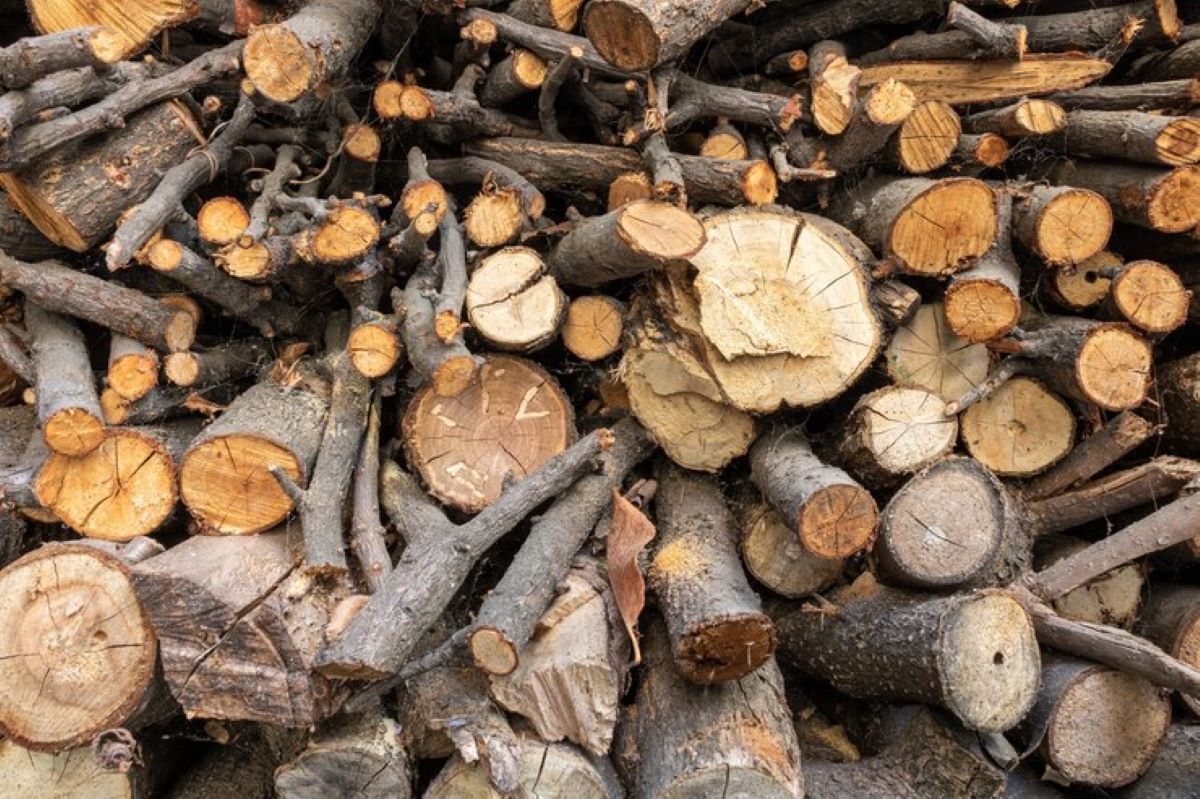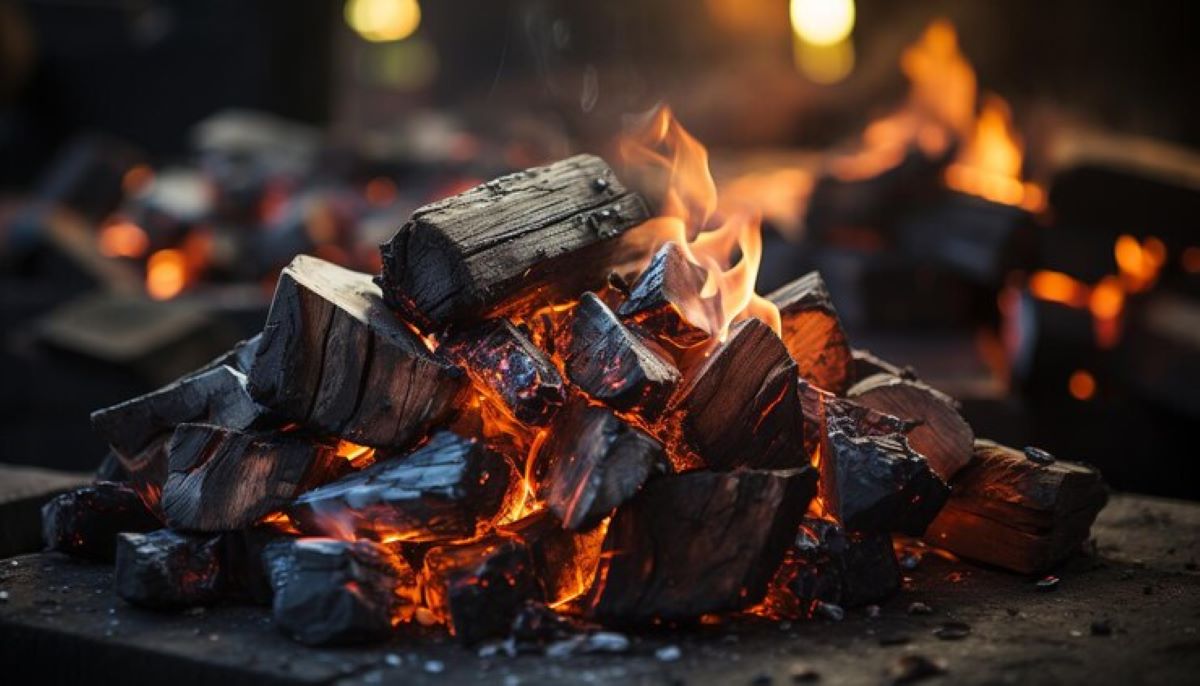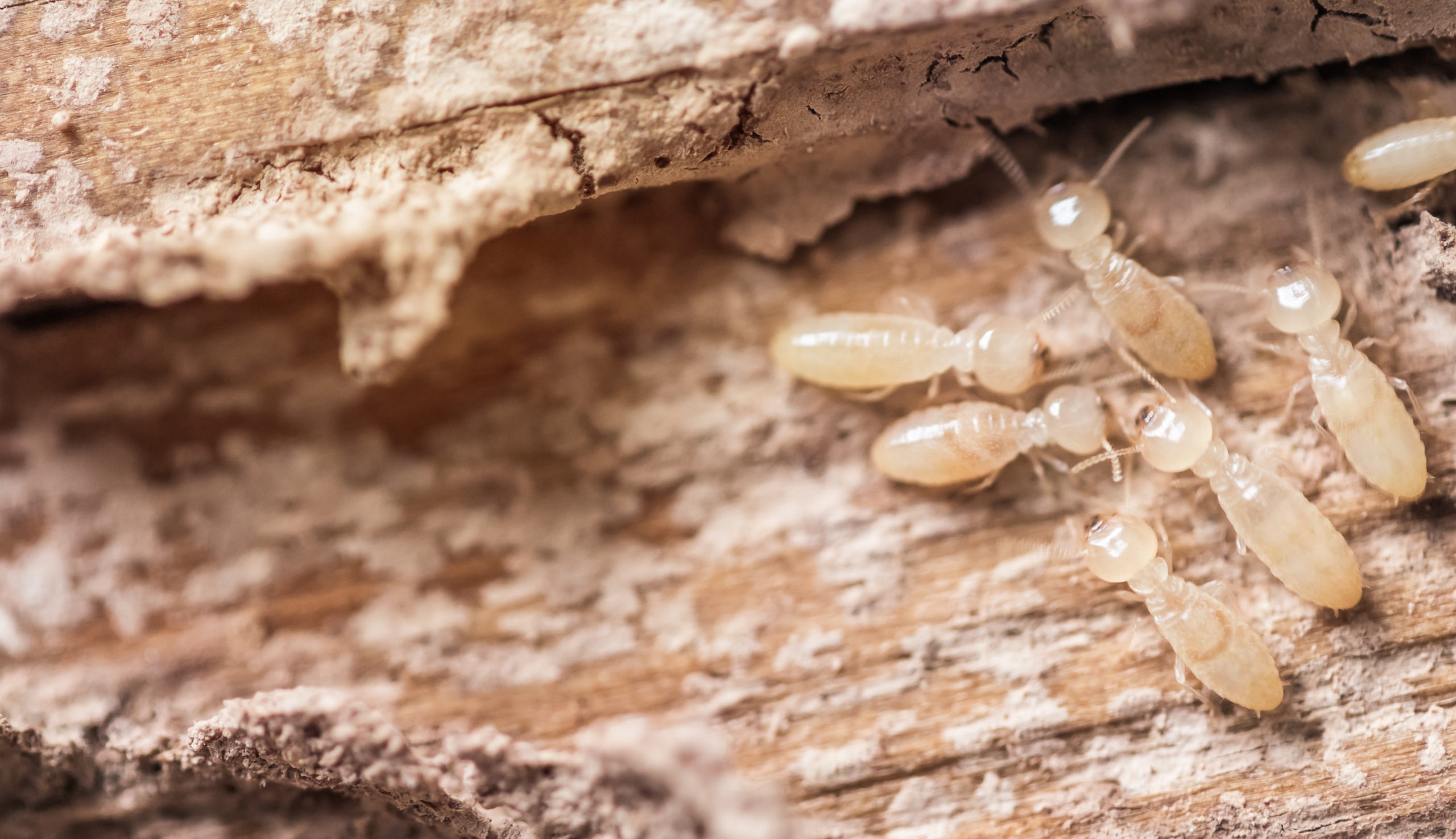Finding good quality firewood is important for homeowners getting ready for winter. Buying from local firewood suppliers has many benefits, such as supporting local businesses, getting fresh wood, and saving on transportation costs.
When looking up “where to buy firewood near me,” there are several important things to think about:
- Wood Type and Quality
- Understanding the difference between hardwoods and softwoods
- Checking the moisture content of the wood
- Knowing how long the wood has been seasoned
- Quantity and Storage
- Considering how much space you have for storage
- Exploring delivery options that suit your needs
- Measuring the stack size of the firewood
- Price and Value
- Comparing the cost per cord of firewood
- Looking for discounts on bulk purchases
- Factoring in any delivery fees
Choosing local firewood has specific advantages for heating during winter. When you buy from nearby suppliers, you lower the chances of bringing in harmful species or diseases to local ecosystems. Additionally, it guarantees access to wood types that are native to the area and tend to burn more efficiently in local weather conditions.
The decision you make regarding firewood affects how well your heating system works, how much money you spend, and how environmentally friendly your choices are. By understanding these factors, you can find the best local firewood options that will keep you warm throughout winter.
Assessing Tree Health and Risks
A thorough tree health assessment is a critical safety measure before harvesting firewood. Dead or diseased trees can pose significant hazards during the cutting process and affect the quality of firewood.
Key Signs of Tree Health Issues:
- Brittle or crumbling bark
- Visible fungal growth
- Large dead branches
- Leaning trunk structure
- Root damage or exposure
- Insect infestation signs
Potential Risks of Unhealthy Trees:
- Unpredictable falling patterns
- Weakened structural integrity
- Presence of harmful insects
- Poor burning quality
- Rapid decay
- Environmental contamination
Professional arborists recommend conducting visual inspections from ground level to crown. This assessment helps identify structural weaknesses, disease patterns, and potential hazards. Trees showing multiple signs of decay require immediate professional attention rather than DIY harvesting attempts.
The presence of specific insects or diseases can make firewood unsuitable for transport or burning. A proper health assessment protects both the harvester’s safety and ensures high-quality firewood for winter use.
Hiring Professional Tree Services in Sydney
Professional tree services deliver essential expertise for safe and efficient firewood harvesting. Licensed arborists possess specialised equipment, proper safety gear, and extensive knowledge of tree removal techniques.
Key Benefits of Professional Services:
- Comprehensive insurance coverage
- Safe removal practices
- Proper disposal of debris
- Council permit management
- Expert assessment of tree conditions
Selecting a Tree Removal Company:
- Check licensing and insurance documentation
- Request detailed written quotes
- Read customer reviews and testimonials
- Verify experience with local tree species
- Ask about included services (stump removal, wood splitting)
Local Sydney companies like Trees Down Under specialise in land clearing and development services across the Hills District and North Shore regions. These services include tree removal, stump grinding, and vegetation clearing – essential steps in sourcing quality firewood.
Professional services maintain strict safety protocols through risk management plans and proper equipment handling. This expertise ensures compliance with Sydney’s tree preservation laws while delivering high-quality firewood for winter use.
Local Regulations on Firewood
Local regulations play a crucial role in maintaining forest health and preventing the spread of destructive pests. These guidelines establish specific requirements for:
- Transportation distance limits – Many areas restrict moving firewood beyond certain distances
- Required documentation – Permits and certificates needed for commercial firewood sales
- Seasonal restrictions – Rules about when and where firewood can be collected
- Treatment requirements – Standards for processing wood before transport
Sourcing firewood locally helps protect native tree species and ecosystems. Untreated wood transported from distant locations can harbour:
- Emerald ash borer
- Asian longhorned beetle
- Dutch elm disease
- Oak wilt fungus
The “Buy Local, Burn Local” principle reduces these risks while supporting regional economies. Local suppliers understand area-specific regulations and can provide properly sourced wood that meets compliance standards.
Best practices for regulation compliance:
- Purchase from registered local vendors
- Keep delivery receipts and documentation
- Check council websites for current restrictions
- Avoid collecting wood from restricted zones
- Store firewood properly to prevent pest infestations
Certified Firewood Options for Long-Distance Transport
Safe transportation of firewood across long distances requires specific certification processes to protect ecosystems. Two main types of certified firewood dominate the market:
1. Heat-Treated Firewood
This type of firewood undergoes a high-temperature treatment process at 71°C (160°F) to eliminate any insects, fungi, or diseases that may be present. It is then certified by regulatory bodies and bears their official stamp as proof of compliance. The structural integrity of the wood is maintained during transport, ensuring that it remains suitable for burning.
2. Kiln-Dried Firewood
Kiln-dried firewood is dried in controlled environments using specialised equipment called kilns. This process reduces the moisture content of the wood to 20% or less, resulting in a product that burns cleaner and produces higher heat output compared to seasoned firewood. Kiln drying also helps prevent the growth of mould or mildew on the wood.
Certified firewood options provide essential safeguards for transporting wood between regions. These treatments prevent the spread of destructive pests like emerald ash borer and Asian longhorn beetle, which can cause significant damage to forests and timber industries.
The certification process for both heat-treated and kiln-dried firewood includes:
- Regular inspections of treatment facilities by authorised personnel
- Documentation of treatment methods used at each facility
- Proper labelling requirements for all packaged firewood products
- Quality control measures to ensure consistency in moisture content and overall quality
Choosing certified firewood helps maintain compliance with interstate transportation regulations while ensuring that the wood arrives in optimal burning condition. It is important for consumers to verify the certification status of their firewood supplier, especially when purchasing from out-of-state sources.
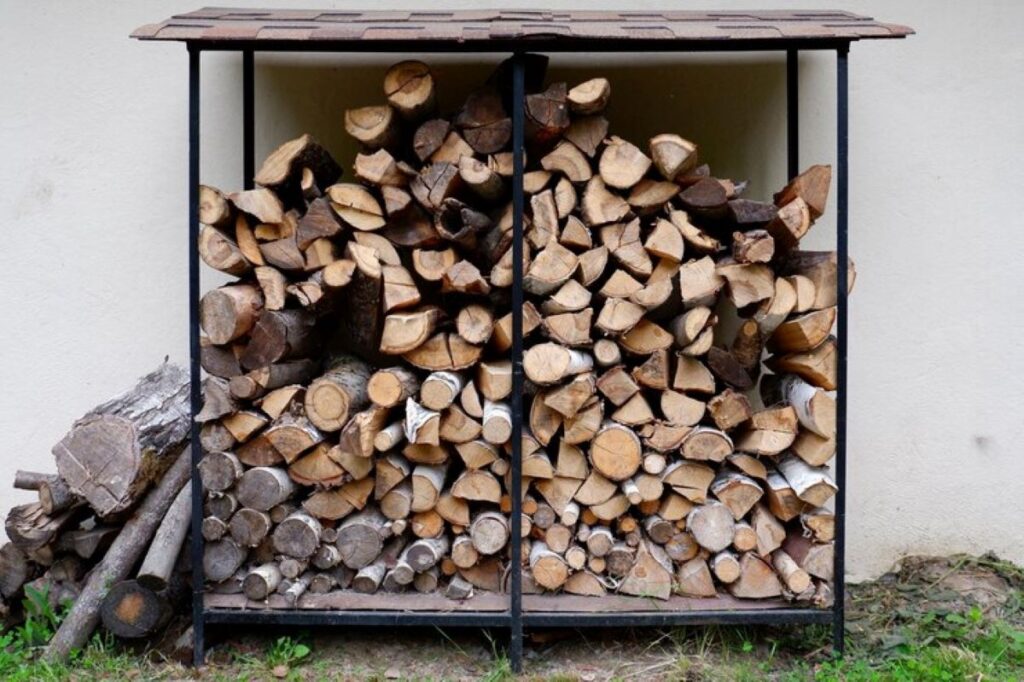
Finding Local Firewood Dealers Online
The rise of digital platforms has made it much easier to find reliable firewood suppliers. One such platform, Firewood Scout, stands out as a comprehensive database connecting buyers with verified local dealers. This user-friendly platform allows searches by postcode, providing detailed information about:
- Dealer ratings and reviews
- Wood species available
- Current pricing
- Delivery options
- Seasoning status of available wood
Another platform, Stacked.camp, offers a specialised marketplace for firewood transactions, featuring:
- Real-time availability updates
- Direct messaging with suppliers
- Secure payment processing
- Quality guarantees
In addition to these platforms, state forestry databases serve as valuable resources for identifying licensed firewood suppliers within specific regions. These official databases ensure dealers comply with local regulations and sustainable harvesting practices.
Many local dealers also maintain active social media profiles, posting updates about:
- Fresh stock arrivals
- Seasonal discounts
- Bulk purchase options
- Special offers on premium woods
These online platforms streamline the firewood buying process, saving time and ensuring access to quality, legally sourced wood from reputable local suppliers. Check out more about Firewood for Sale Sydney: Redgum, Kindling, and Bulk Deals
Price Variations and Quality Considerations in Firewood Buying
The cost of firewood fluctuates based on several market factors:
- Seasonal Demand: Prices peak during winter months
- Wood Species: Hardwoods command higher prices than softwoods
- Local Availability: Transportation distance affects final costs
- Processing Level: Split and seasoned wood costs more than raw logs
Quality assessment remains crucial when purchasing firewood. Seasoned firewood contains less than 20% moisture content, creating a cleaner, more efficient burn. Signs of properly seasoned wood include:
- Dark or grey colouration
- Visible cracks at the ends
- Hollow sound when pieces are knocked together
- Lightweight feel compared to fresh-cut wood
Price ranges for seasoned firewood typically fall between:
- £50-80 per face cord for softwoods
- £100-150 per face cord for premium hardwoods
- £15-25 for small bundles at retail locations
The investment in high-quality, seasoned firewood pays off through improved heating efficiency and reduced chimney maintenance needs. Local suppliers often provide better value than large retailers, with opportunities to inspect the wood quality before purchase.
Retail Options for Firewood: Home Depot, Ace Hardware, Pre-packaged Wood Products
Major hardware retailers offer convenient firewood solutions for both casual and regular users. Home Depot stocks pre-cut bundles year-round, with seasonal variations in quantity and pricing. These bundles typically contain:
- Kiln-dried hardwood logs
- Mixed species bundles
- Specialty smoking woods
- Fire starter kits
Ace Hardware provides similar options with additional specialty products:
- Premium oak and hickory selections
- Compressed wood logs
- Cedar kindling packages
- Natural firestarter cubes
Pre-packaged wood products at these stores serve specific burning needs:
- Indoor Use: Clean-burning compressed logs, low-moisture content wood, consistent size pieces
- Outdoor Use: Larger bundle sizes, weather-resistant packaging, cooking woods for BBQ
These retail options often include convenient carrying handles and protective wrapping, making transport and storage straightforward. The standardised sizing and pre-measured quantities help customers select appropriate amounts for their specific needs.
Environmental Impact of Buying Local Firewood
Purchasing firewood from local sources plays a vital role in forest conservation and ecosystem protection. The transportation of firewood across long distances can inadvertently spread destructive insects and diseases that threaten native tree populations.
Key Environmental Benefits of Local Firewood:
- Prevents the spread of invasive species like emerald ash borer and Asian longhorned beetle
- Reduces carbon emissions from long-distance transportation
- Supports sustainable forestry practices within local communities
- Maintains natural forest ecosystems and biodiversity
Local firewood sourcing creates a circular economy that benefits both the environment and community. Many local suppliers harvest wood from storm damage, construction clearing, or sustainable forest management projects – practices that help maintain healthy woodland areas.
Eco-Friendly Practices for Firewood Users:
- Purchase wood within a 50-mile radius of intended use
- Select suppliers who follow sustainable harvesting methods
- Store firewood properly to prevent pest infestations
- Support certified local dealers who prioritise environmental stewardship
These responsible practices help preserve forest health while ensuring a sustainable supply of firewood for future generations.
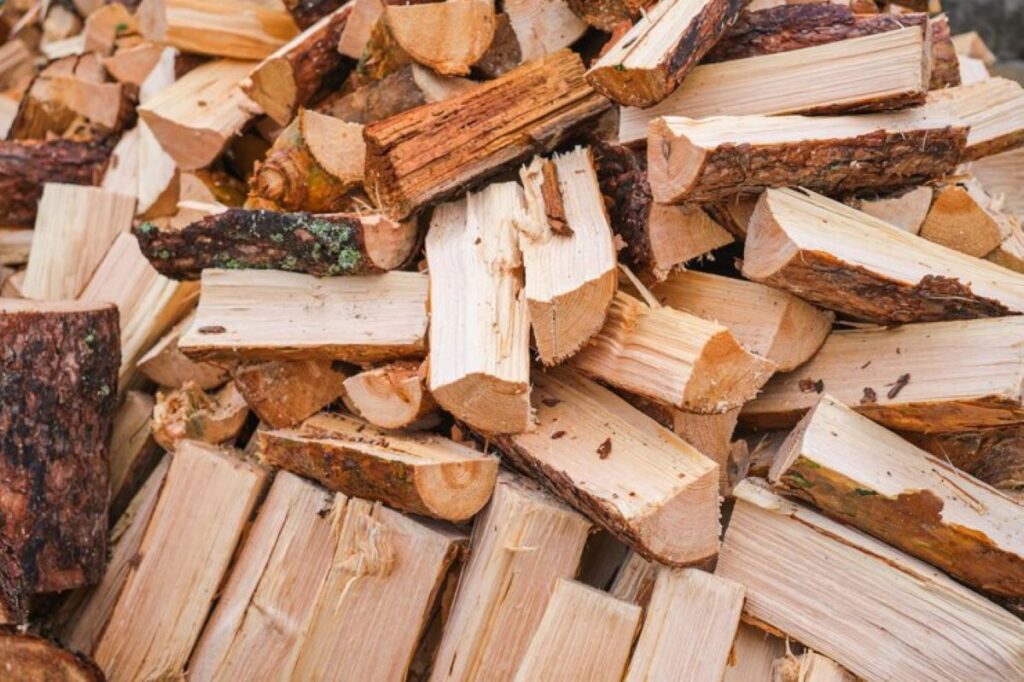
Conclusion
Finding good quality firewood near you requires careful thought about several factors to ensure efficient burning during the winter months. Choosing dry, seasoned wood is crucial for effective winter heating:
- Moisture Content: Properly seasoned wood with 20% or less moisture content produces more heat and less smoke
- Storage Duration: Wood seasoned for 6-12 months delivers superior burning performance
- Local Sourcing: Purchasing from nearby suppliers supports community businesses and reduces transportation costs
The choice between retail outlets, local dealers, and professional tree services shapes both the quality and cost-effectiveness of winter heating solutions. A strategic approach to firewood procurement includes:
“The right firewood choice combines proper seasoning, local availability, and sustainable sourcing practices”
Successful winter heating depends on:
- Verifying wood seasoning before purchase
- Understanding local regulations and permits
- Supporting environmentally conscious suppliers
- Maintaining proper storage conditions
Making smart decisions when buying firewood helps protect both your comfort and the environment. Investing in high-quality, locally-sourced firewood leads to better heating efficiency and a smaller environmental impact throughout the winter season.
